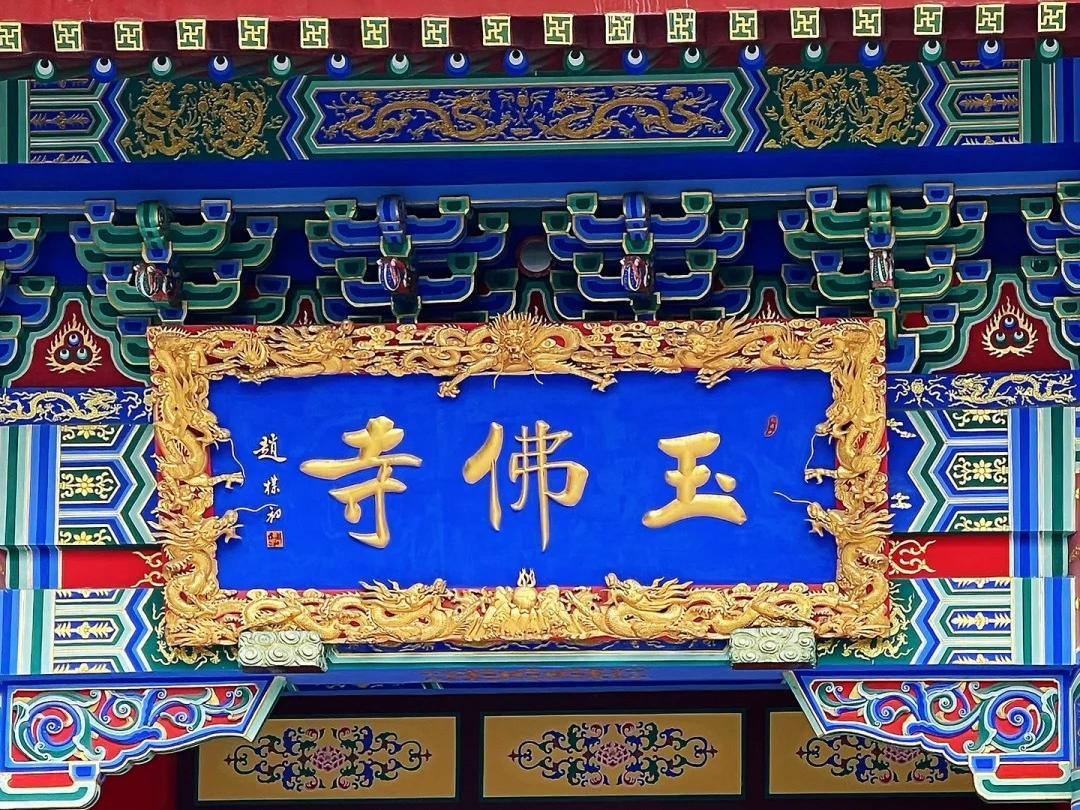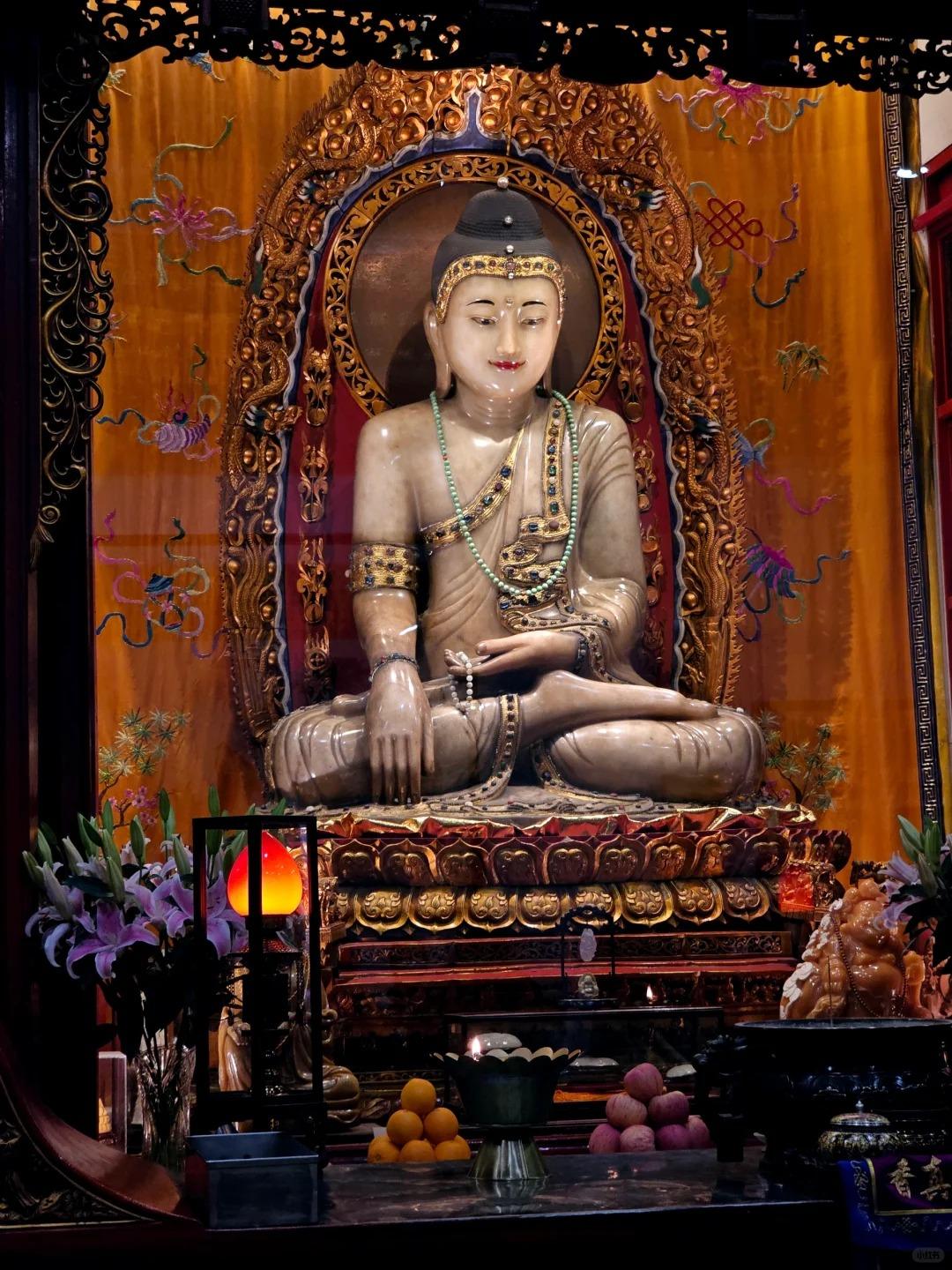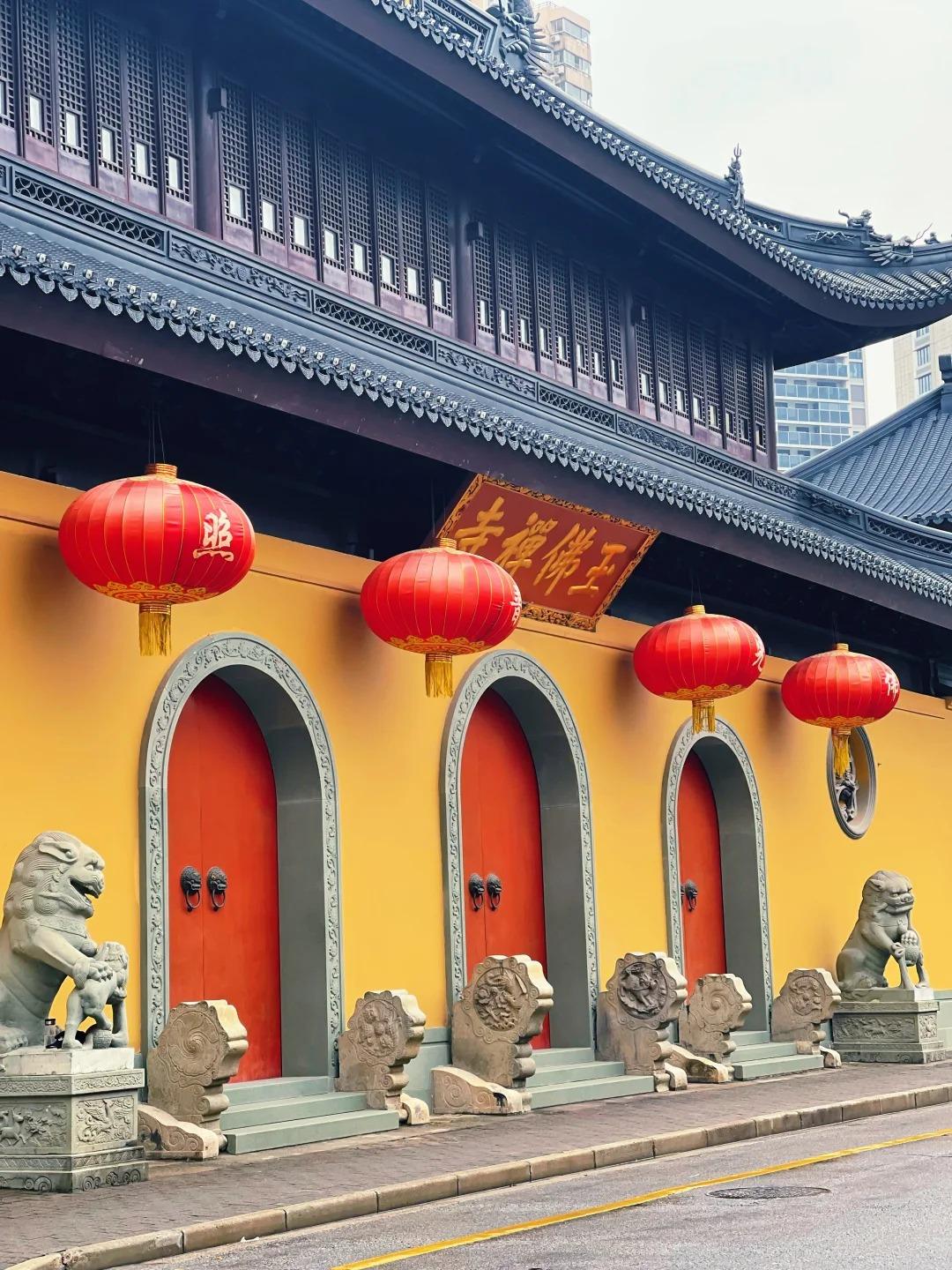Introduction to the Jade Buddha
In the realm of Buddhist art and culture, few objects capture the imagination quite like the Jade Buddha. These exquisite statues, carved from precious jade stone, embody the serene wisdom and compassion of the Buddha. Revered for their beauty and spiritual significance, Jade Buddhas have become iconic symbols of Buddhist faith and Chinese artistry.

Famous Jade Buddha Statues
Several Jade Buddha statues have gained worldwide recognition for their exceptional craftsmanship and spiritual importance.
The Jade Buddha of Wat Dhammamongkol, Thailand
This colossal statue, standing at 4.5 meters tall and weighing 4 tons, is the world’s largest jade Buddha. Carved from Canadian jade, it has become a major attraction in Bangkok since its installation in 2016.
The Jade Buddha for Universal Peace, Australia
A traveling statue that has visited over 130 cities worldwide, this Jade Buddha was carved from a massive 18-ton boulder of translucent jade discovered in Canada. Its mission is to inspire peace and compassion globally.
| Statue | Location | Height | Weight |
|---|---|---|---|
| Wat Dhammamongkol Jade Buddha | Bangkok, Thailand | 4.5 m | 4 tons |
| Jade Buddha for Universal Peace | Various (based in Australia) | 2.7 m | 4 tons |
| Shanghai Jade Buddha Temple Buddha | Shanghai, China | 1.95 m | 3 tons |
Historical Background
The art of carving Jade Buddhas traces its roots to ancient China, where jade was prized as the “stone of heaven.” During the Tang Dynasty (618-907 CE), jade carving reached new heights of sophistication, with artisans creating increasingly intricate Buddha statues.
As Buddhism spread across Asia, the tradition of Jade Buddha carving evolved, incorporating local styles and techniques. Today, it represents a rich tapestry of cultural exchange and artistic innovation.

Craftsmanship and Creation
Creating a Jade Buddha is a painstaking process that requires immense skill and patience.
- Selection: Artisans carefully choose jade blocks, considering color, clarity, and size.
- Rough Carving: The basic shape is formed using diamond-tipped tools.
- Fine Detailing: Intricate features are meticulously carved and polished.
- Final Polishing: The statue is buffed to achieve its characteristic luster.
The design of each Jade Buddha is imbued with symbolism. Different hand gestures (mudras) and postures represent various aspects of the Buddha’s teachings.
Cultural and Spiritual Significance
In Buddhist tradition, Jade Buddhas are more than mere artworks; they are objects of profound spiritual significance. Believers often make pilgrimages to temples housing these statues, offering prayers and paying homage.
The jade material itself is significant, symbolizing purity, protection, and immortality. Many Buddhists believe that touching or praying before a Jade Buddha can bring good fortune and spiritual enlightenment.
Jade Buddha Temples as Tourist Attractions
Temples housing Jade Buddhas have become popular tourist destinations, offering visitors a glimpse into Buddhist culture and Chinese artistry.

Shanghai Jade Buddha Temple
One of the most famous is the Jade Buddha Temple in Shanghai, home to two exquisite Jade Buddha statues. Visitors can expect:
- Guided tours explaining the temple’s history and significance
- Opportunities to observe Buddhist ceremonies
- A chance to see the famous reclining Jade Buddha
When visiting such temples, it’s important to:
- Dress modestly, covering shoulders and knees
- Speak quietly and respectfully
- Ask permission before taking photographs
- Remove shoes when entering certain areas

Preservation and Modern Interpretations
Preserving ancient Jade Buddha statues presents unique challenges due to jade’s delicate nature. Conservation efforts focus on controlling temperature and humidity to prevent cracking and discoloration.
Meanwhile, contemporary artists continue to create new Jade Buddhas, often blending traditional techniques with modern aesthetics. International exhibitions and cultural exchange programs help to promote this art form to new audiences worldwide.
As we move further into the 21st century, the Jade Buddha remains a powerful symbol of peace, wisdom, and cultural heritage. Whether viewed as spiritual objects or masterpieces of art, these serene jade figures continue to captivate and inspire people around the globe.






